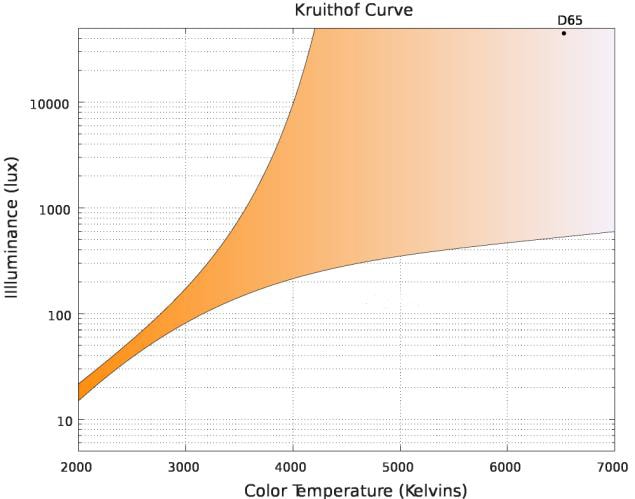

For the lower end of the IV curve we can create another approximation. Our equivalent circuit for this region of interest is (referring to Figure 2) R1 = 15 Ω and V1 = 2.0 V. We can also see that the line crosses the X-axis at Vf = 2.0 V. We can work out the resistance that this represents from Ohm’s law \( V = IR \) but in this case we will look at the change in voltage and current in the area of interes.

In Figure 1 the grey line is reasonably close to the LED curve from 20 mA to 100 mA. This allows us to model the LED as a resistor and voltage source.

If we look at a typical LED IV curve we can see that it is approximately linear over much of its useful range. An LED can be approximated as a resistor with a fixed voltage source. We can, however, make a simplification and model them over a range of currents as a combination of a resistor and a voltage source. LEDs do not have a linear relationship between current and voltage so they cannot be modeled as simply as a resistor using Ohm’s Law, \( V = IR \).


 0 kommentar(er)
0 kommentar(er)
